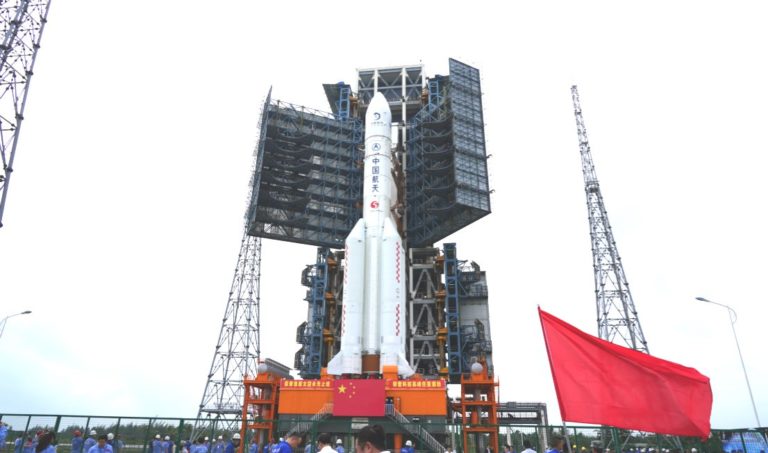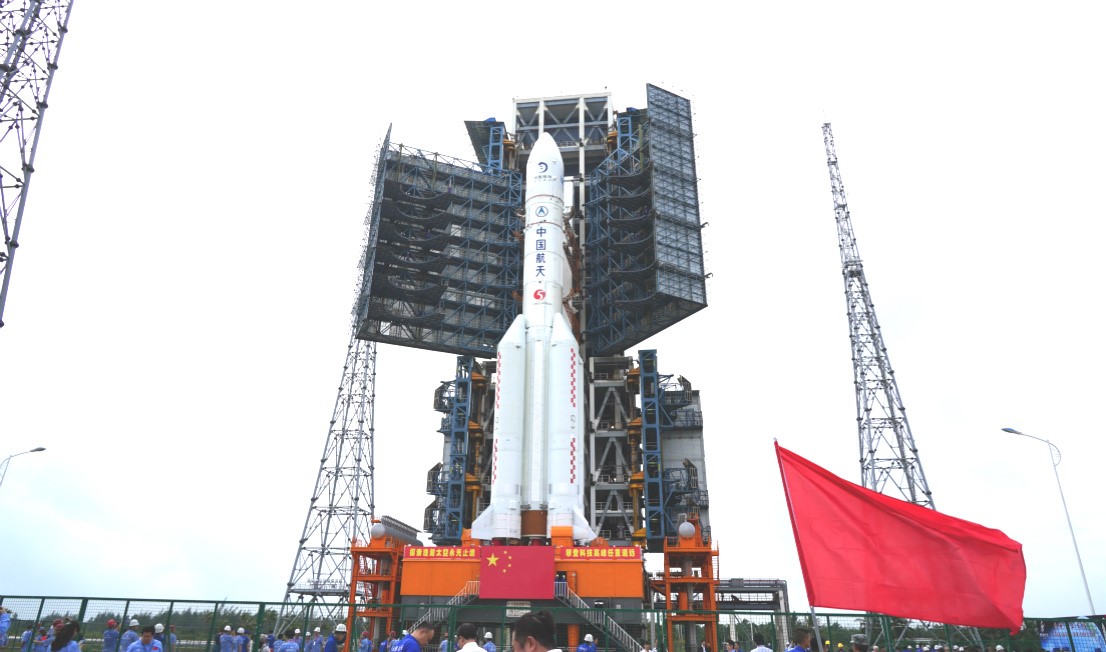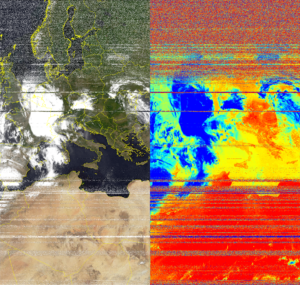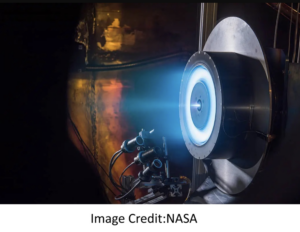
Humanity has not returned any samples from the moon for almost 5 decades, which was done by Soviet Union’s Luna 24. China’s recent ambitious mission of Chang’e 5, which takes its name from a Moon goddess from Chinese mythology, is to attain lunar sample return.
The stack weighing 8 metric ton, comprises eleven phases with multiple configurations. The spacecraft was scheduled to lift- off from Wenchang Space Launch Center in Hainan province on 24th of November, which was a success. The probe performed a soft landing and started collecting lunar samples via a sophisticated robotic mechanism. The craft picked up soil and rock samples, expected to weigh over 2 kgs, over the course of about 19 hours and then left Earth’s natural satellite. Before leaving the Moon, the craft planted a flag on the lunar surface, making China the second nation to leave its banner on it. The spacecraft, after docking with the lunar orbiter, is on route back to Earth and is expected to arrive later, in the middle of this month, where it would touchdown in inner Mongolia.







